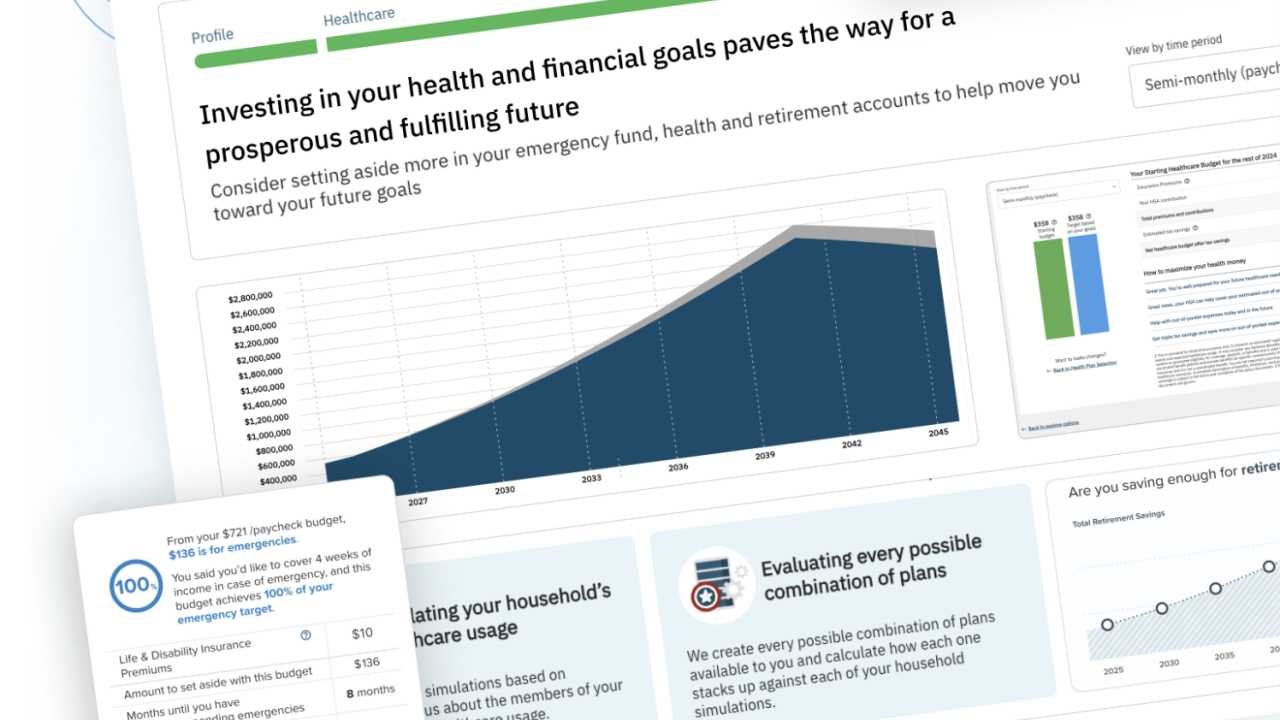It's more pressing than ever for benefit brokers to balance
Healthcare costs are rising at an unprecedented rate, driven by various factors that include medical inflation, regulatory changes and an aging population. These increases put immense pressure on employers that must manage these costs while maintaining competitive benefit offerings to
Read more:
The first step in managing rising healthcare costs is thorough analysis and strategic planning. Brokers should conduct detailed assessments of current benefits plans to identify areas where costs can be optimized without sacrificing the quality of the benefits. This could involve negotiating better rates with providers, introducing tiered benefits options or integrating wellness programs focusing on preventative care to reduce long-term costs.
One effective strategy is the introduction of high-deductible health plans (HDHPs) coupled with health savings accounts (HSAs). This combination empowers employees to manage their health expenses better and helps employers control their upfront healthcare spending. Additionally, exploring alternative funding solutions such as self-insurance or partial self-insurance can provide more control over the benefits offered, allowing for customization that aligns with employer financial capabilities and employee needs.
Read more:
Technology plays a pivotal role in modernizing benefits offerings. Brokers should leverage data analytics to gain insights into utilization rates and cost patterns, which can inform more targeted benefits strategies. Furthermore, digital platforms can streamline the enrollment process, making it easier for employees to understand and select their benefits while providing employers with better data to monitor the effectiveness of their programs.
Improving benefits isn't just about reducing costs – it's also about enhancing the value these benefits provide to employees. Brokers can guide employers in implementing educational programs that help employees better understand and utilize their benefits. Increased understanding can lead to more satisfied employees and, importantly, more cost-effective use of healthcare services.
Promoting preventative health measures is another crucial strategy. By encouraging participation in regular health screenings and health risk assessments, brokers can help employers reduce the incidence of chronic diseases among their workforce, a significant driver of healthcare costs. Moreover, integrating mental health services and stress management programs can address the often-overlooked aspect of employee well-being, directly impacting productivity and healthcare costs.
Read more:
While theory and strategy are vital, practical examples and success stories provide proof of concept to persuade hesitant clients. Sharing detailed case studies of businesses that have successfully implemented innovative benefits strategies and realized significant savings can be an incredibly persuasive tool. These examples not only illustrate the potential financial benefits, but also help illustrate the positive impact on employee satisfaction and retention.
Regular webinars and educational sessions are invaluable for keeping brokers and their clients informed about the latest trends, regulations, and innovative healthcare and benefits landscape strategies. These sessions also can introduce new ideas and tools that brokers and employers can use to further enhance their benefits programs.
As the healthcare landscape continues to evolve, so must the strategies employed by benefit brokers. By adopting a proactive and informed approach, leveraging technology, and focusing on cost management and employee satisfaction, brokers can help clients navigate these challenging times. The goal is not just to manage costs but transform benefits into a strategic asset that contributes to the success and sustainability of businesses.






